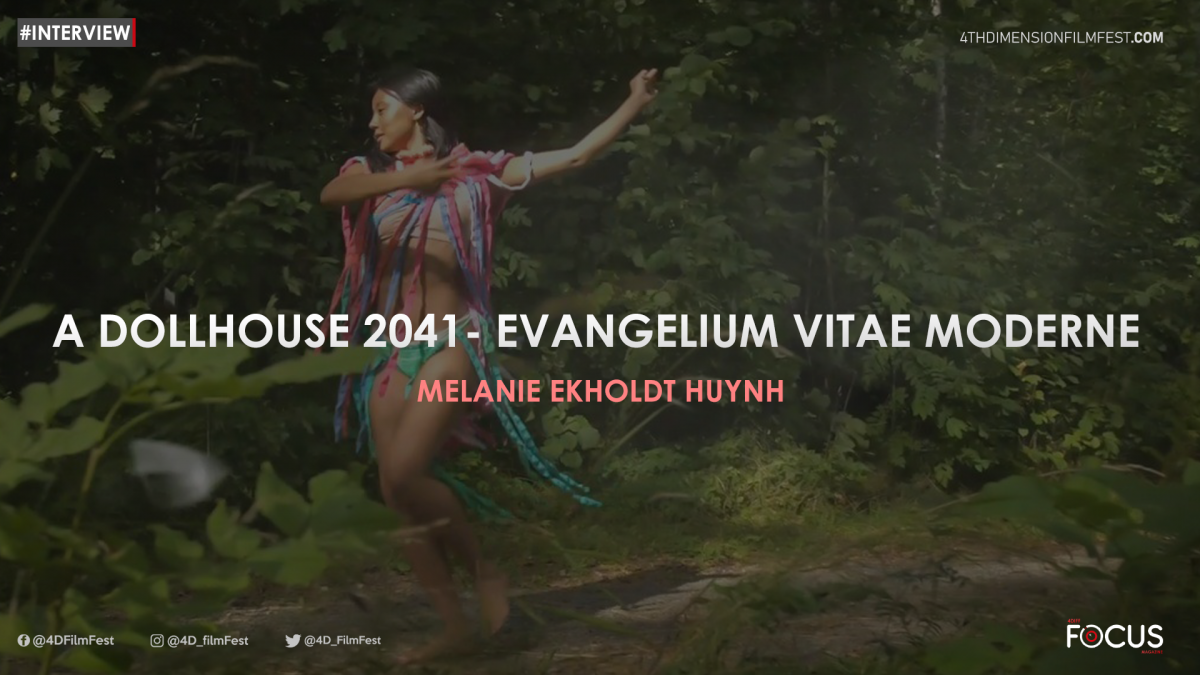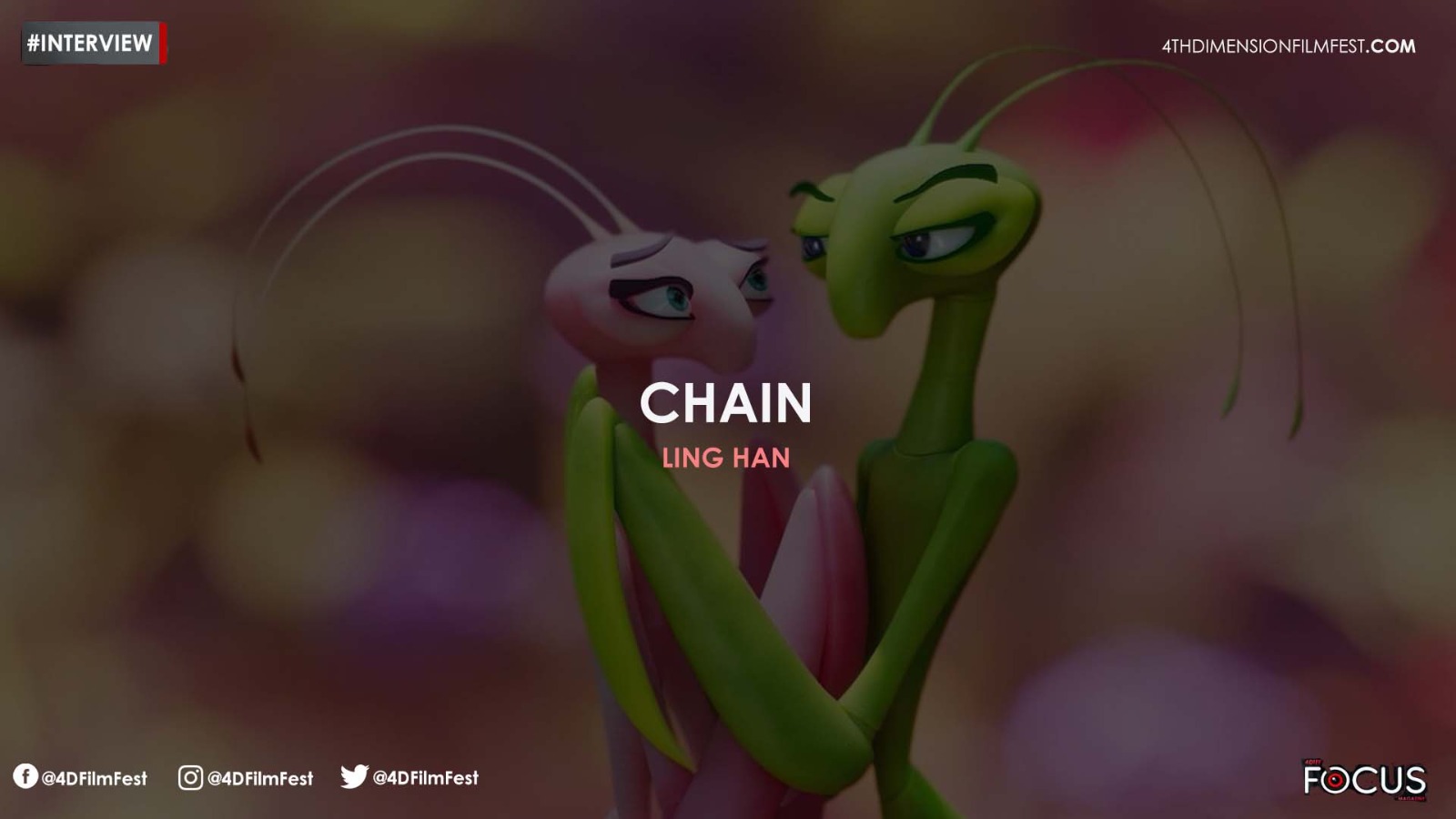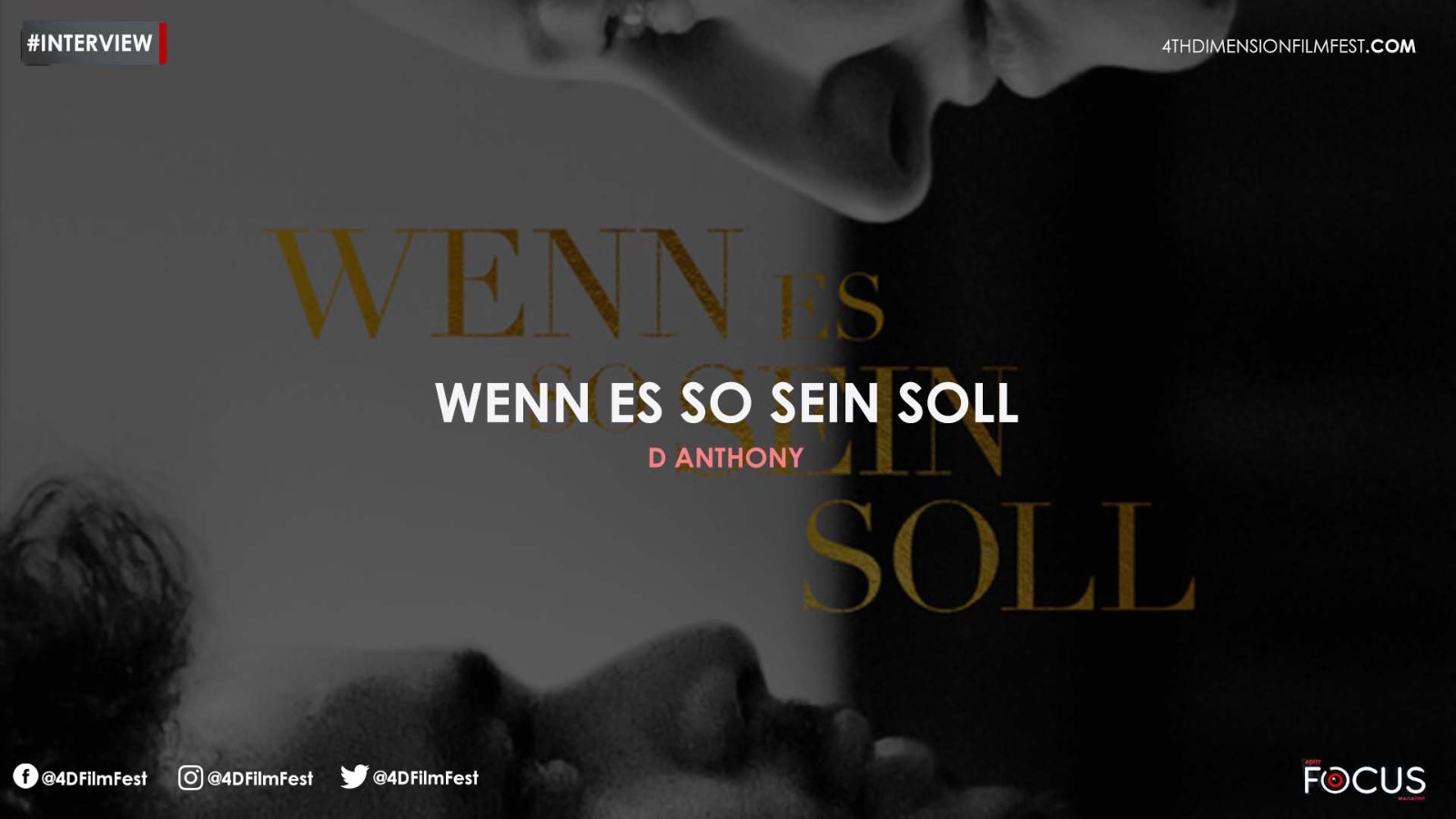Can you please elaborate on the entire concept for us? How challenging was it for you to weave such an impressive narrative from a well-known and acknowledged play by the master himself, Henrik Ibsen?
For me, it was not a challenge but a creative solution, a resolution, and a relief to include the strong character of Nora in my first big art project “Dance of sins”. It was a coincidence, not a planned conscious decision. It happened during the shooting of my second documentary, a self-biographical story about my own separation process. I had invited Helene Knoop, one of Norway’s foremost figurative painters to create a painting called «the Flood” where I was the model. The whole painting process had been documented. When Helene Knnop was going to bring me the painting, I invited a good, old friend to join me and welcome the painting into my new apartment. I asked my good friend to share her views on divorce. Then I set up the camera in the living room. The painting was hanging on the wall. I was behind the camera while my friend was sitting on the couch talking with Helene. My friend was sharing her thoughts related to the impact of the divorce on my family. The camera was there as a witness. As I was listening to the conversation that was unfolding before my eyes, shadow sides of the separation process got clearer. From an ethical point of view, it was no longer an option to make this project public. At least, at that time and in the way I had thought.
Some days later I was looking at the material and I got caught by the film clip where the painter says to my friend: “But, Melanie was not treated as a Doll like Nora from the Doll`s house….?”
From these words, I got the idea of making a series of artistic short films by bringing in Nora, Ibsens most famous theater fiction figure, as the main character of the stories. Henrik Ibsen´s masterpiece “A Doll`s House” became a big source of inspiration when I was writing the drafts and scripts. Three short movies were produced in less than one year. “Dollhouse 2020- Dance of sins” and “Nora`s Wedding anno 1905” have already received quite a few awards at festivals. “A Dollhouse 2041- Evangelium Vitae Moderne” started its festival journey this automn and has already received many awards, actually more than the first two films of the series “Dance of sins”.
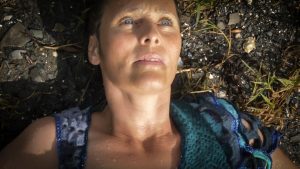
Would you tell us something about the vision behind this? Can it be referred to as a retelling of a story in parts? What would be the desired objective?
I do not think it is about retelling a story, it is more about cocreating stories with the help of our common cultural history. I choose to include a very famous and strong female character to be my “ally” in this film project. She has lived many years in our collective consciousness and I believe she can bring us a lot of life wisdom. During the process, both the writing process and the editing process, I ask myself, what is Nora telling us here? What can we learn from her?
This series of short movies are following her travel in time, from 1880 to 2041. All generations, even the young ones know a little bit about Nora, so I hope it gives everybody a possibility to connect with her and with their own family history three to five generations in the past.
By discovering the connection between the past and the present, I hope to create an open space for the future. As a parallel to the process of filmmaking, everybody can create not only stories from their past but also imagine stories for their own future.
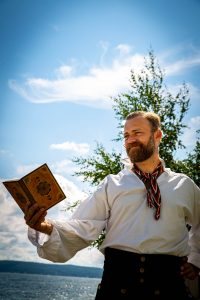
Tell us something about the legacy of Henrik Ibsen. The man left an everlasting mark not only in world theater, literature and cinema but the lives, judgments and sense of morality of mankind itself.
For me it is still difficult to understand how one person can create so strong family dramas with hyper-actual social and moral questions with so many different, strong characters. So I have wondered a lot about how Henrik Ibsen could be able to create these fantastic and wonderful theatral dialogues, always up to date, despite the time. As a child and adolescent psychiatrist, I have learned that events in the beginning of life can have big effects on a person’s future life. Both in a good way and in a more problematic way. Therefore I have been interested in Henrik Ibsen’s own personal history. When Henrik Ibsen turned eight his father went bankrupt and became alcohol addicted. Ibsen himself became a father at the age of 18.
These kinds of experiences and events are life-changing and can be very stressful, both now and 150 years ago. I think Ibsen managed to be strong and keep his mind clear, by using his creativity. He also managed to create a creative space. He must have had somebody around him or, maybe a voice inside him around him, supporting and validating the creative process of writing. And it is sure that he had the same strong drive to follow his inner voice, as Nora did when she just left her family, without any plan.
Certain scenes in the movie do remind one of the cinematic shots of Terrence Mallick. Do you consider him an inspiration?
I did not have any film in my mind, when I started the project “Dance of sins”. The first three experimental movies have been created on pure intuitive drive, no logic, just a little bit rationality when I have been working with the budgets. Thanks to your question, I have discovered the beautiful films made by Terrence Mallick, and what a big honor that some scenes of Dollhouse 2041- Evangelium Vitae Moderne, are reminding you of his style. He will from now on be an inspiration for me. And I am looking forward to discovering his films.
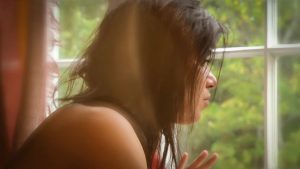
What is that one movie that you would suggest everyone watch? Is there a movie that you are never tired of watching?
I just went to the movie theater with my 14 year old boy and my 19 year old daughter. We choose to see “Triangle of Sadness”, a satiric drama about our modern society`s values and moral. It was like watching an Ibsen Drama, with breathtaking dialogues, but specially made for the movie theater. An amazing experience for all three of us. I think this fiction film will have the power to change peoples’ minds by creating fruitful discussions, like Ibsen`s theater pieces.
A movie I never can stop watching is “Three wishes for Cinderella” by the
check filmmaker, Václav Vorlíceke. It is classical story or
primeval myth as CG. Jung would have called it, about a young woman working hard without being recognized by her family. This film was made in 1973, the year I was born and was shooted in Tchekci, during wintertime. I have never been there, but the visual l images from this unknown country have a hypnotic effect on me. This is a version where Cinderally is shooting with arrows, she can ride fast on a horse, she is strong and independent. The main character is not stuck in old roles as the Disney version of Cinderella. The film is showing a mixture of classic gender roles and more modern gender roles.The mix of a fantastic story with great acting performances from all the characters, beautiful nature, classical music and dancing makes me dream and gives me hope.
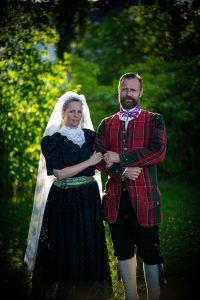
The movie is an excellent example of meditative storytelling. A tale that almost communicates with the soul of every viewer. Did you intend to employ this style from the very beginning? I wanted to make a spiritual film, connected with that something higher than ourselves, the good warm superpower we need to survive the most difficult situations. When having the creative conversations with the designer Daniel Steien, in the preproduction phase, I always got a warm feeling inside. He is calm, warm, and wise and I feel he is very connected to his soul. And he was very engaged in making the costumes, traveling around in Norway while he was knitting the beautiful art work. To witness his creative energy and his mastering of his art was an important inspiration for me while I was creating the characters.
Having a baby on set, and especially breastfeeding, gave a very warm atmosphere. The couple playing Maria and Josef managed to take so good care of each other and their little baby Vilmar.
I think the day we were shooting was a special day, where everybody both in the crew and in the cast was very dedicated and gave their souls to the project. So therefore I think the film helps us to connect with our soul.
Tell us about the choreography in the movie. It plays a major role in the movie.
When I tried to imagine a 2041 version of Nora, I saw her drifting in the sea after 150 years. I felt that no words where needed, just a flow of dancing movements in between Nora and these spiritual characters. Therefore I hired dancers for the main roles. A young woman as the young Nora, and two dancers at the age of 30, playing the roles of Adam and Eva.
There is an interesting array of characters in the movie. They are accompanied by a number of transgressions. They are even sometimes associated with them. What was the thought behind using these characters?
I am fascinated by the strength of religious characters, both in Christianity and othere religions, as Islam and Buddhism. They were created many hundreds years ago, and are much “older” than Nora. Unfortunately many people have negative experiences with religion and churches, so I wanted to explore if a character from a theater piece could have the same symbolic effects as the religious characters. In the ritual in the film, I mixed well known biblical figures with characters from the ballet “the Sylphides”. This was the first ballet to be simply about mood and dance and atmosphere, with no storyline. Again as a way of exploring art as an alternative to religion, both the rituals and the texts.

It would a grave mistake if you are not asked something about the exemplary sound design. Along with the cinematography the sound design was one of the central characters. Tell us something about the sound design.
Celilie Guzelce who is playing the magic musician, also created the magic soundtrack. She is very creative and free and can easily create all kind of sounds. So we cocreated the sound design. She is a sensitive and musical person and we were together in her studio recreating beautiful cover version of “Gajumaru”. Her voice is very fine, a good symbol of the young Nora. I needed a more rough, strong voice for the “Power of love” song, representing the more mature Nora. Emly, an upcoming rockstar, brought her good friend and guitarist Kent Ove Anda in studio and recreated a beautiful cover version of “Power of love”.
How would you describe the preponderance of the song in the narrative?
Song lyrics are very important for me and help me mirror my complex feelings. Therefore it was natural for me to include songs in the Dollhouse 2041. Lyrics are the modern form of poetry, and it is easier to get caught by song lyrics than poetry for me.
When poetry is read I often fall off, I need the melody and the rhyme from the instruments to emerge in lyrics. To follow a film we often need a narrative line, the lyrics in the songs, are supporting the narrative of this story about Nora searching for wholeness.
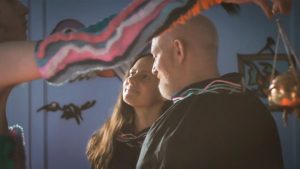
Of course there is a spirited message about love in the movie. Did you consciously construct a narrative around the trope of love, in better words, the power of love?
Yes, that was very conscious, and the main intention with the whole movie. By bringing in the power of love in the movies, I believe that films can contribute to growth and healing, both for me as a filmmaker, but also a little bit for the public. It is easier to see and feel more love, when you can experience it through a film. There is enough focus on hate and war.
Tell us something about the impeccable cinematography in the movie. It keeps the eye of the audience glued to the screen.
Justin Walters the cinematographer managed to capture the souls of all the people gathered the day we were filming the main scenes. I saw that he got himself hooked on what happened in between the characters, in a way that made it difficult for him to leave the set, despite other obligations. He has also edited and there he could keep the same slow, dreamy flow from his filming.
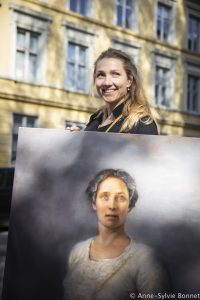
Where did you intend to place things like The Bible, Jesus Christ, the church, symbolically within the story? It came just organically, with no clear plan.
By telling a little bit about my connection to religion, we can maybe explore this question together.
My parents and myself are not christians. But I just loved the stories from the bible that was told at school. At that time, we did not learn about other religions at school. It was just about God and Jesus and his disciples, but they were very interesting stories for me. I did not really connect them to church, as I never went to church as a child. Just lately I discovered the cathedral Nidarosdommen in Trondheim, where my son is studying. I discovered the beauty of churches and religious rituals when my kids were baptized in the catholic church in France. I wanted to recreating a new kind of ritual, lead by young persons, our future. By a coincidence the young person leading the cleaning ritual of Maria and Jesus, had experience from the catholic rituals from Polen. And he managed to bring his personal experience with rituals on the film set. And the other young persons in the room as well was very dedicated to this preparation process for Maria and Josef to become supporting parents for little Jesus while Adam and Eva were watching them with big interest.
As a young adult I read about Buddha and Hinduism when I started to mediated and later on I have learned to know Islam by muslim friends. Therefore I included a islamic prayer in the beginning of the movie and a “new age” inspired song “Gajumaru” when the young Nora appear, which means “ a tree that walks where a Holy Spirit lives”
What do you think is the fate of contemporary cinema? Has stories finally demolished the star system for good?
So I am quite optimistic for the future of the contemporary cinema. I have noticed that people of all generations are spending less time reading books, and more time watching films. For me watching a movie is like oral story telling. Being in a movie theater in the dark, is nearly like sitting around the fireplace listening to the storyteller coming to the village. Myths and folk stories have been told without written words for hundreds of years. And a natural selection of the most powerful stories is still living in our societies, often conveyed by artistically good films. I love reading books, but I think it is also a kind of exclusion. Quite a few children are dyslexic and many adults lack reading skills. With internet it is now possible that nearly everybody can find the films with the stories they need for their situations. So for me movies are the future! The fact that it is now possible to watch a movie without paying too much means everybody can watch a good movie. And they will choose the good ones! Youtube, Instagram and Tic Toc offer a creative space for many new talents, and I think that gradually the stars will be chosen by the public and maybe the algorytms. I have just now ( thanks to your question) discovered that from the 1920 to the 1960 the film stars were hired by the studios on long term contracts, and that films where made to suit their personality. It is not like this anymore. Both actors and also creatives work as freelancers now. It can off course be very hard. But I believe that it is good that also in the filmindustry people work as most of the artists has done for hundreds of years, also writers like Ibsen. Ibsen had a big succes and got contracts with theaters, but most of the artists have to have a work beside their artwork. I think that can keep the artist free and then the art can be better and freeer.
These are just some thoughts, maybe i am totally wrong. So I would gladly debate this with others.


